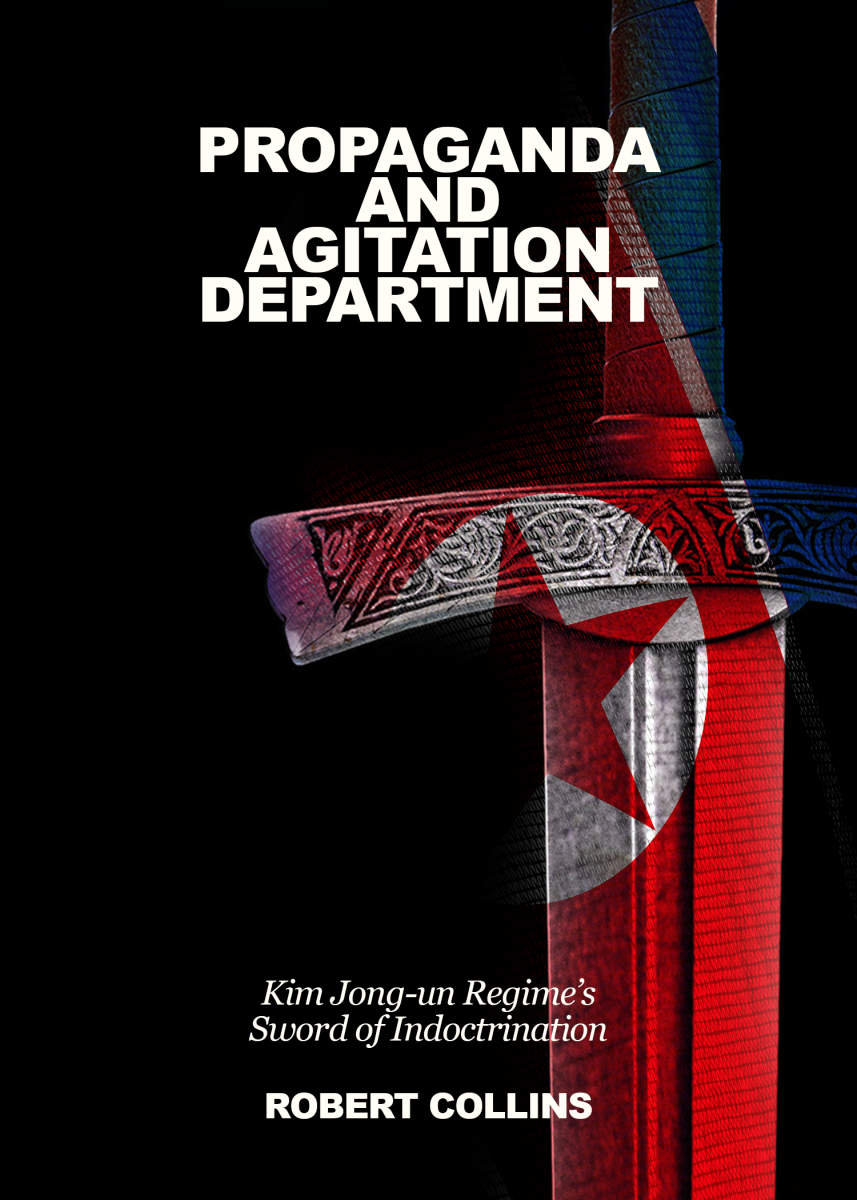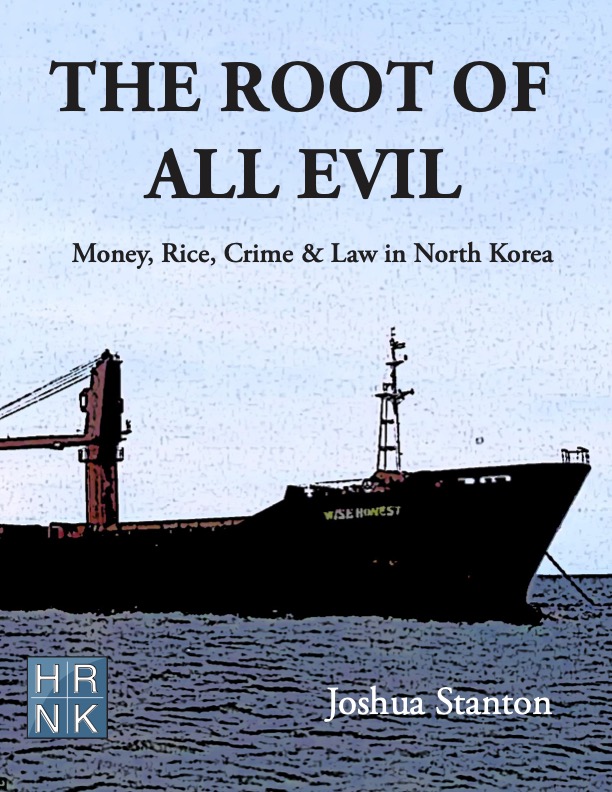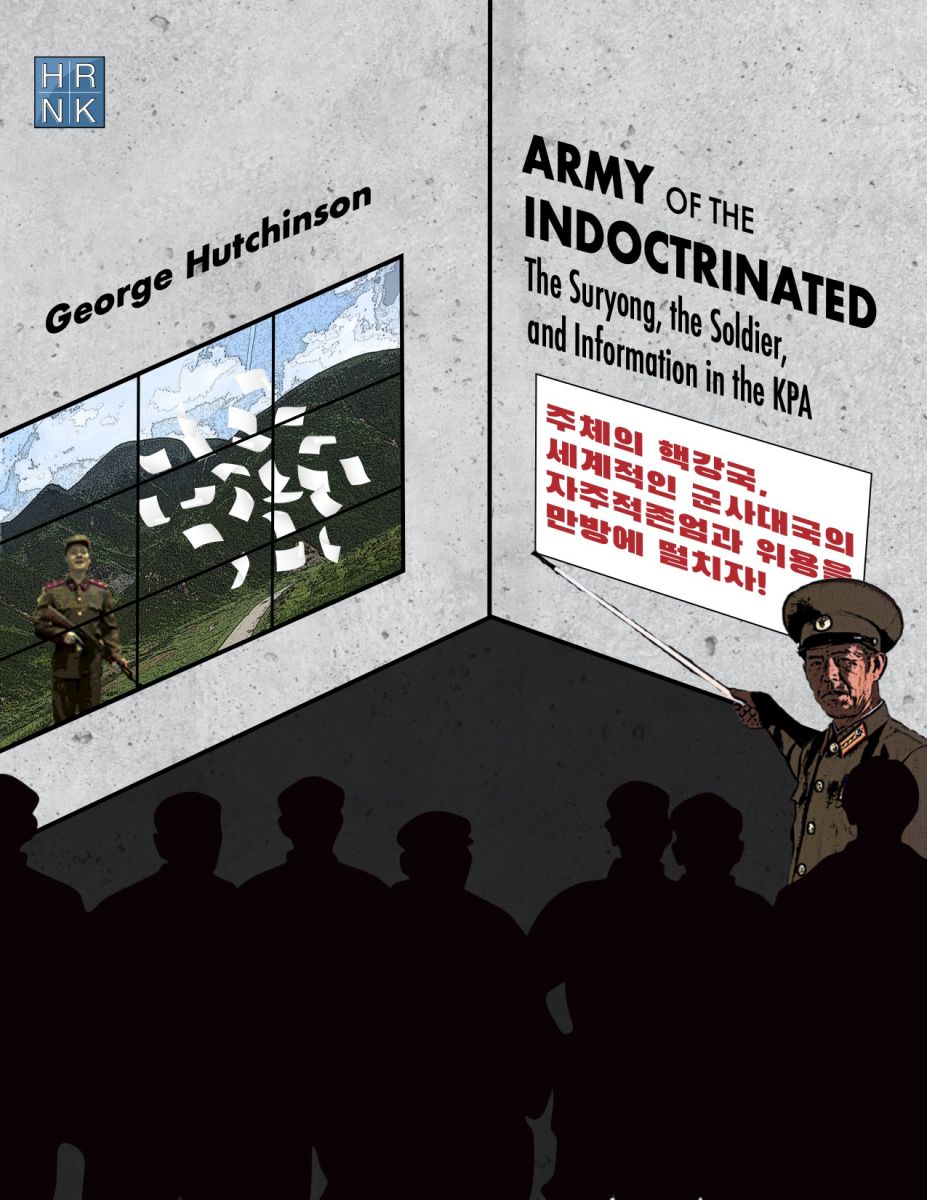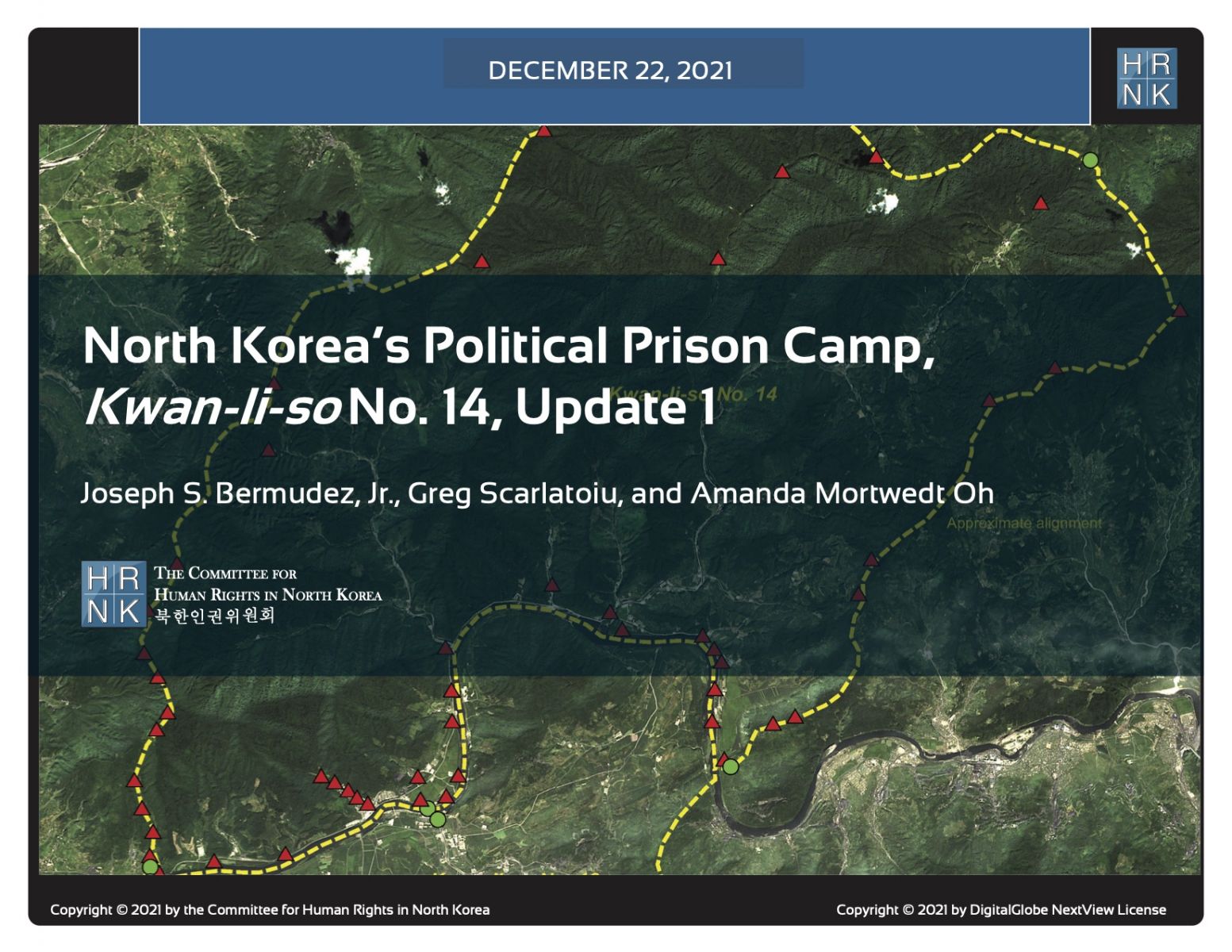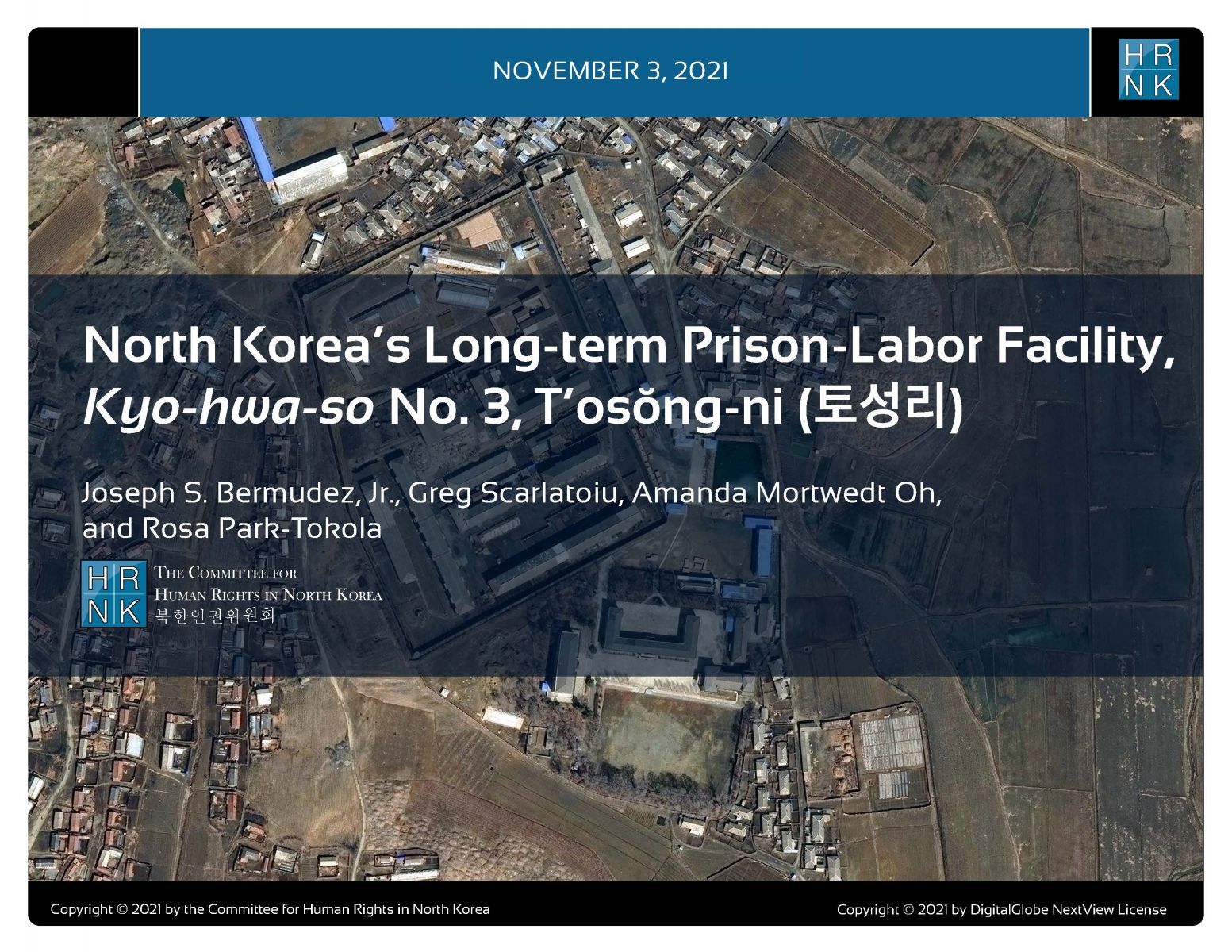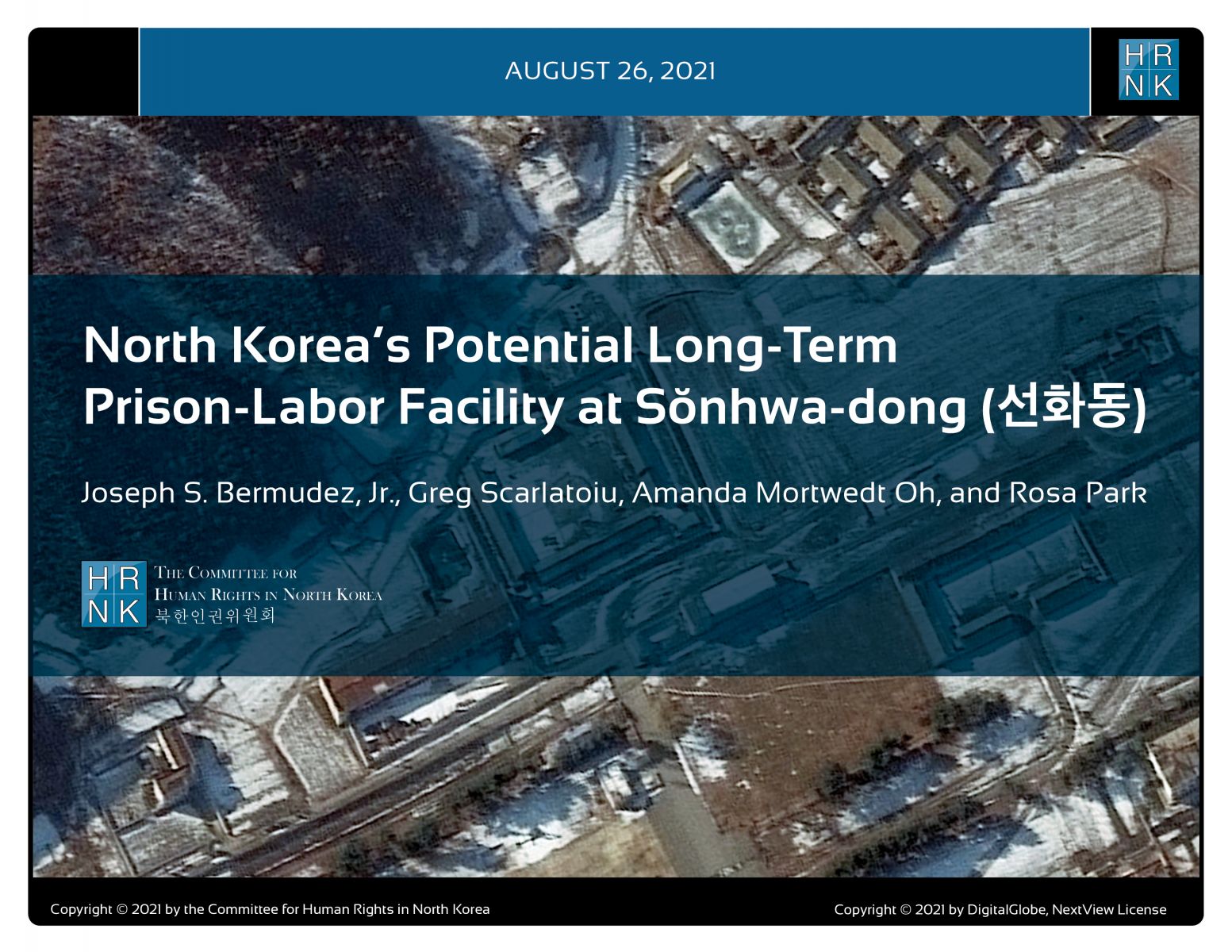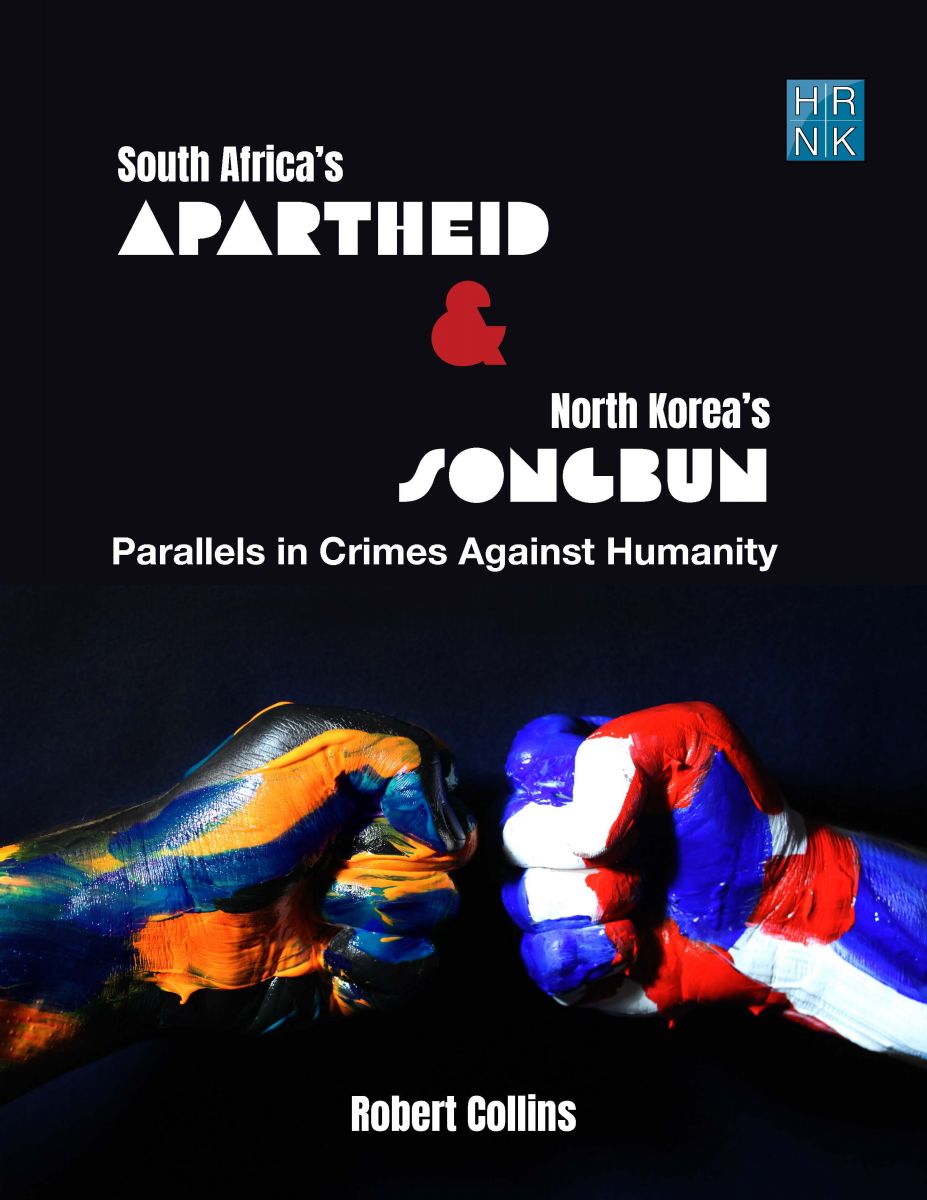The report is available on Tearline at: https://www.tearline.mil/public_page/prison-camp-25.
A PDF version is available on HRNK's website at https://www.hrnk.org/uploads/pdfs/camp25_update4.pdf.
WASHINGTON, D.C., March 7, 2024. The Committee for Human Rights in North Korea (HRNK), a non-governmental organization based in Washington, D.C., has launched a report entitled North Korea’s Political Prison Camp, Kwan-li-so No. 25 (Update).
This is the fourth update on this detention facility, following a baseline report in 2013 and subsequent updates published in 2014, 2016, and 2021. Political Prison Camp No. 25 (a.k.a. Kwan-li-so No. 25) is located approximately 7.5 km northwest of the center of Chongjin, a major industrial city located on the northeastern coast of North Korea.
Located on the outskirts of Chongjin, Camp No. 25, established around 1968, occupies an area of approximately 1 km2. It is unique among North Korea’s known political prison camps in that it resembles a long-term prison labor facility (kyo-hwa-so) in terms of its physical characteristics. However, testimony from North Korean escapees indicates that the facility only holds political prisoners.
HRNK is unable to confirm or deny previous reports about the size of the prison population, but our analysis suggests that Camp No. 25 could hold between 2,500 and 5,000 prisoners. As in a previous report on this facility, satellite imagery analyzed for this report shows groups of detainees working cultivated fields within the camp’s perimeter.
For this report, HRNK author and Senior Imagery Analyst Joseph S. Bermudez Jr. analyzed commercial pan-sharpened multispectral satellite images of Kwan-li-so No. 25 and its immediate environment taken in November 2023.
The report is the latest step in an effort by HRNK to create a clear picture of the evolution and current state of North Korea’s political prison camps and other detention facilities. HRNK is the NGO that put North Korea’s penal labor colonies on the map by publishing Hidden Gulag by world-renowned investigator David Hawk in 2003. Hidden Gulag was the first-ever report to use satellite imagery to scrutinize North Korea’s vast system of unlawful imprisonment.
The new HRNK report establishes that Camp No. 25 remains an operational prison facility. Escapee testimony and satellite imagery indicate that prisoners are involved in agricultural and light industrial production. A high-security compound in the southeastern corner of the facility, identified in previous updates on Camp No. 25, remains in place.
HRNK Senior Imagery Analyst and main report author Joseph S. Bermudez Jr. noted: “While Camp No. 25 remains an operational facility, moderately well maintained and in a moderate state of repair, only minor construction activity typical of what is observed at detention facilities elsewhere in the nation have been conducted between 2021 and 2023.”
Report co-author and HRNK Executive Director Greg Scarlatoiu pointed out: “the economic importance of the agricultural work, wood work and light industrial activity carried out at Camp No. 25 has been sustained, as evidenced by recent satellite imagery. Recent witness testimony will be needed in order to determine the scale of the contributions Camp No. 25 prison labor has been making to Kim Jong-un’s economy during and post-COVID.”
Report co-author and HRNK Director of Operations & Research Raymond Ha noted: “amid reports that the Kim Jong-un regime has tightened its control over markets and intensified its crackdown on the consumption of outside information, it is more critical than ever to document and assess the operation and reorganization of North Korea’s political prison camps. This report on Camp No. 25 marks the latest step in this ongoing effort.”
This report is the first HRNK satellite imagery report published on Tearline in partnership with the National Geospatial-Intelligence Agency (NGA). Tearline is a congressionally supported publication platform that features unclassified geospatial intelligence from academic and non-profit contributors using open research and commercial imagery. More information about Tearline can be found at this link.
Content published on Tearline also syndicates to the Office of the Director of National Intelligence’s website at intelligence.gov, an effort to increase transparency around shared public-private interest in various strategic and humanitarian intelligence topics that are fit for public consumption.
For media inquiries, please contact Greg Scarlatoiu, HRNK Executive Director, at [email protected] (+1 202-499-7973).
HRNK was founded in 2001 as a non-profit research organization dedicated to documenting human rights conditions in the Democratic People’s Republic of Korea (DPRK), as North Korea is formally known. Visit www.hrnk.org to find out more.
In this submission, HRNK focuses its attention on the following issues in the DPRK: The status of the system of detention facilities, where a multitude of human rights violations are ongoing. The post-COVID human security and human rights status of North Korean women, with particular attention to sexual and gender-based violence (SGBV). The issue of Japanese abductees and South Korean prisoners of war (POWs), abductees, and unjust detainees.
This report provides an abbreviated update to our previous reports on a long-term political prison commonly identified by former prisoners and researchers as Kwan-li-so No. 25 by providing details of activity observed during 2021–2023. This report was originally published on Tearline at https://www.tearline.mil/public_page/prison-camp-25.
This report explains how the Kim regime organizes and implements its policy of human rights denial using the Propaganda and Agitation Department (PAD) to preserve and strengthen its monolithic system of control. The report also provides detailed background on the history of the PAD, as well as a human terrain map that details present and past PAD leadership.
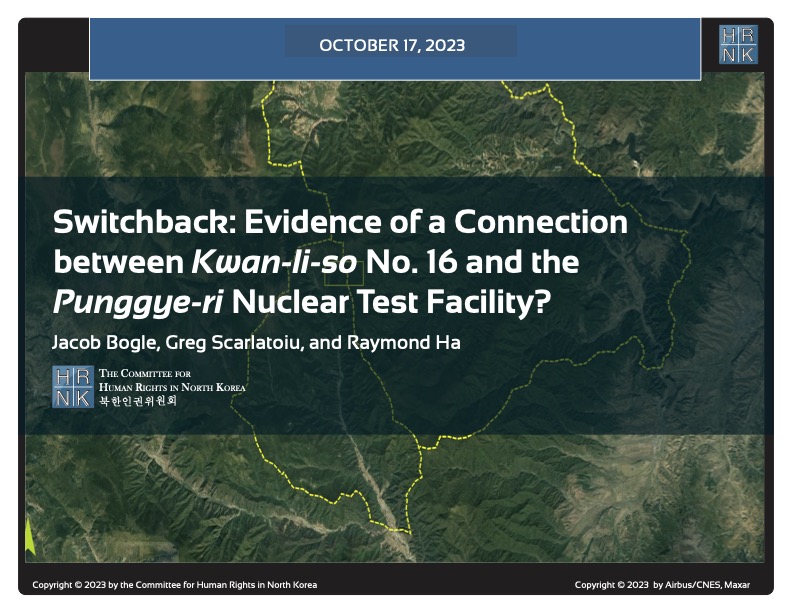
HRNK's latest satellite imagery report analyzes a 5.2 km-long switchback road, visible in commercial satellite imagery, that runs from Testing Tunnel No. 1 at North Korea's Punggye-ri nuclear test facility to the perimeter of Kwan-li-so (political prison camp) no. 16.
This report proposes a long-term, multilateral legal strategy, using existing United Nations resolutions and conventions, and U.S. statutes that are either codified or proposed in appended model legislation, to find, freeze, forfeit, and deposit the proceeds of the North Korean government's kleptocracy into international escrow. These funds would be available for limited, case-by-case disbursements to provide food and medical care for poor North Koreans, and--contingent upon Pyongyang's progress
For thirty years, U.S. North Korea policy have sacrificed human rights for the sake of addressing nuclear weapons. Both the North Korean nuclear and missile programs have thrived. Sidelining human rights to appease the North Korean regime is not the answer, but a fundamental flaw in U.S. policy. (Published by the National Institute for Public Policy)

North Korea’s forced labor enterprise and its state sponsorship of human trafficking certainly continued until the onset of the COVID pandemic. HRNK has endeavored to determine if North Korean entities responsible for exporting workers to China and Russia continued their activities under COVID as well.
George Hutchinson's The Suryong, the Soldier, and Information in the KPA is the second of three building blocks of a multi-year HRNK project to examine North Korea's information environment. Hutchinson's thoroughly researched and sourced report addresses the circulation of information within the Korean People's Army (KPA). Understanding how KPA soldiers receive their information is needed to prepare information campaigns while taking into account all possible contingenc
This report is part of a comprehensive long-term project undertaken by HRNK to use satellite imagery and former prisoner interviews to shed light on human suffering in North Korea by monitoring activity at political prison facilities throughout the nation. This is the second HRNK satellite imagery report detailing activity observed during 2015 to 2021 at a prison facility commonly identified by former prisoners and researchers as “Kwan-li-so No. 14 Kaech’ŏn” (39.646810, 126.117058) and
This report is part of a comprehensive long-term project undertaken by HRNK to use satellite imagery and former prisoner interviews to shed light on human suffering in North Korea by monitoring activity at civil and political prison facilities throughout the nation. This study details activity observed during 1968–1977 and 2002–2021 at a prison facility commonly identified by former prisoners and researchers as "Kyo-hwa-so No. 3, T'osŏng-ni" and endeavors to e
This report is part of a comprehensive long-term project undertaken by HRNK to use satellite imagery and former detainee interviews to shed light on human suffering in the Democratic People’s Republic of Korea (DPRK, more commonly known as North Korea) by monitoring activity at political prison facilities throughout the nation. This report provides an abbreviated update to our previous reports on a long-term political prison commonly identified by former prisoners and researchers as Kwan-li-so
Through satellite imagery analysis and witness testimony, HRNK has identified a previously unknown potential kyo-hwa-so long-term prison-labor facility at Sŏnhwa-dong (선화동) P’ihyŏn-gun, P’yŏngan-bukto, North Korea. While this facility appears to be operational and well maintained, further imagery analysis and witness testimony collection will be necessary in order to irrefutably confirm that Sŏnhwa-dong is a kyo-hwa-so.

"North Korea’s Long-term Prison-Labor Facility Kyo-hwa-so No. 8, Sŭngho-ri (승호리) - Update" is the latest report under a long-term project employing satellite imagery analysis and former political prisoner testimony to shed light on human suffering in North Korea's prison camps.

Human Rights in the Democratic Republic of Korea: The Role of the United Nations" is HRNK's 50th report in our 20-year history. This is even more meaningful as David Hawk's "Hidden Gulag" (2003) was the first report published by HRNK. In his latest report, Hawk details efforts by many UN member states and by the UN’s committees, projects and procedures to promote and protect human rights in the DPRK. The report highlights North Korea’s shifts in its approach
South Africa’s Apartheid and North Korea’s Songbun: Parallels in Crimes against Humanity by Robert Collins underlines similarities between two systematically, deliberately, and thoroughly discriminatory repressive systems. This project began with expert testimony Collins submitted as part of a joint investigation and documentation project scrutinizing human rights violations committed at North Korea’s short-term detention facilities, conducted by the Committee for Human Rights


